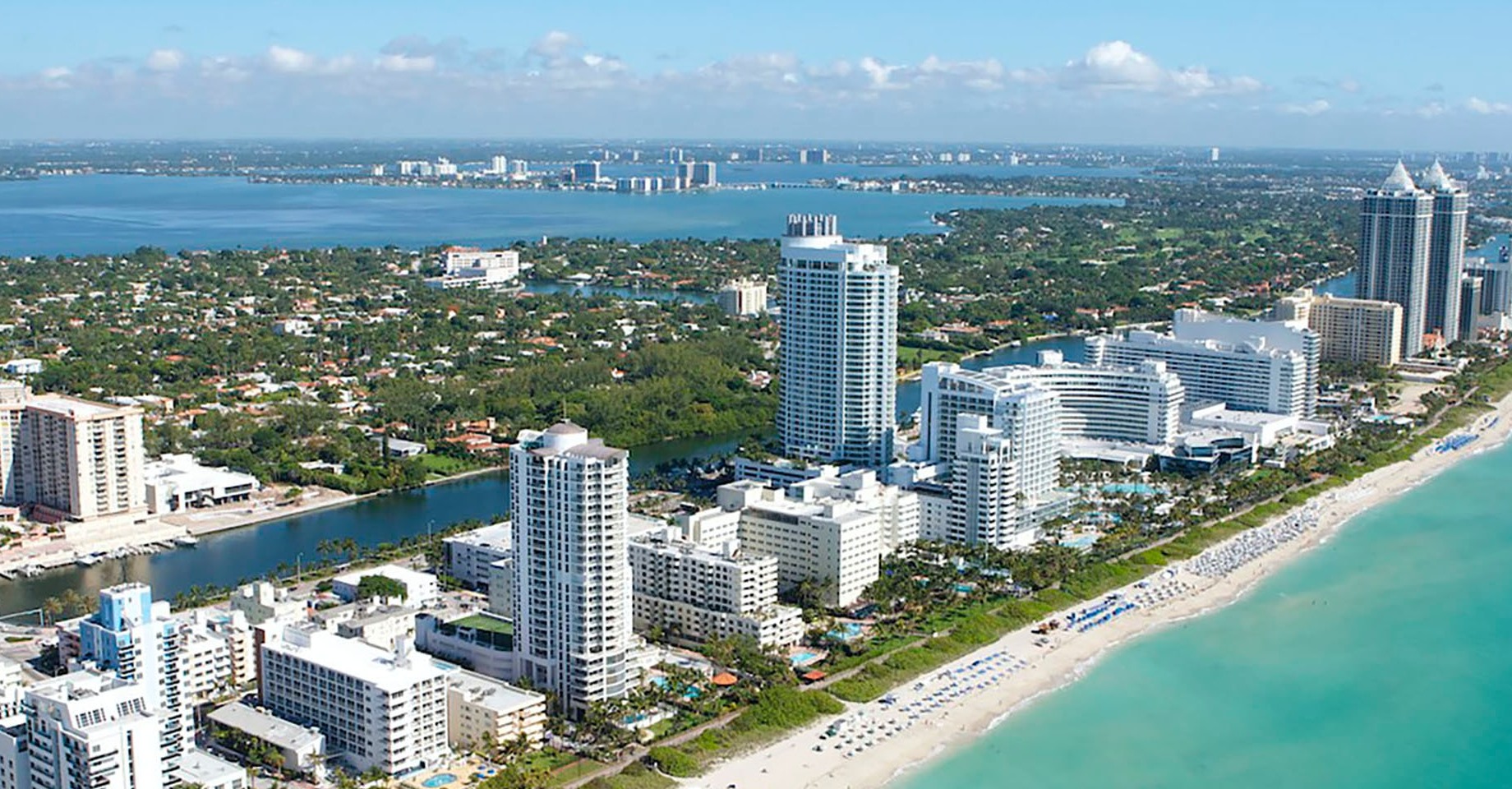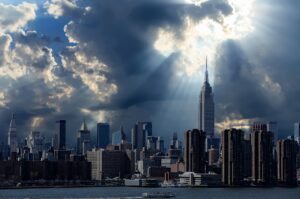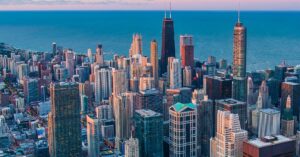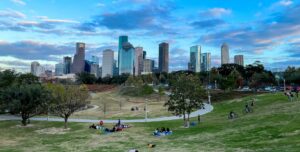Miami’s real estate development scene in 2025 is being redefined by a strong push for mixed-use urban districts and innovative climate-resilient strategies. These themes reflect the city’s dual priorities: fostering dynamic, walkable communities while preparing for long-term environmental challenges.
Here’s a closer look at a few projects in the region:
Mixed-Use Projects: Building Connected, Experiential Neighborhoods
Developers in Miami are doubling down on mixed-use developments that blend residential, commercial, hospitality, and entertainment components. These projects align with the city’s vision of creating active, 24/7 neighborhoods that cater to both residents and visitors. A prime example is Miami Worldcenter, a $6 billion, 27-acre downtown development featuring retail, dining, hotel, and residential offerings—anchored by pedestrian-friendly promenades and easy access to mass transit.
Navigating Miami’s Market: Flexibility, Risk, and Innovation
Miami’s real estate market is known for its rapid transformation and global appeal, but it also comes with challenges like fluctuating demand and zoning intricacies. Developers must work closely with the city to align their projects with evolving building codes and land use rules, particularly in areas undergoing revitalization.
Another standout is the River Landing Shops & Residences, a mixed-use project along the Miami River that incorporates retail, office space, apartments, and waterfront green areas. These developments are not just about density—they’re about creating places where people can live, work, and socialize without depending on a car.
Climate Resilience at the Forefront of Urban Planning
Unlike many other U.S. cities, Miami’s focus on sustainability is inseparable from its battle against sea level rise, hurricanes, and flooding. Developers are increasingly integrating resilience into their building design—adopting elevated construction, stormwater retention systems, and flood-resistant materials.
One leading example is The Underline, a 10-mile linear park and urban trail beneath the Metrorail that connects neighborhoods while enhancing green infrastructure and mobility. Projects like Aria Reserve, a luxury residential development along Biscayne Bay, feature elevated podiums, LEED-certified design, and energy-efficient systems tailored for Miami’s tropical climate.



